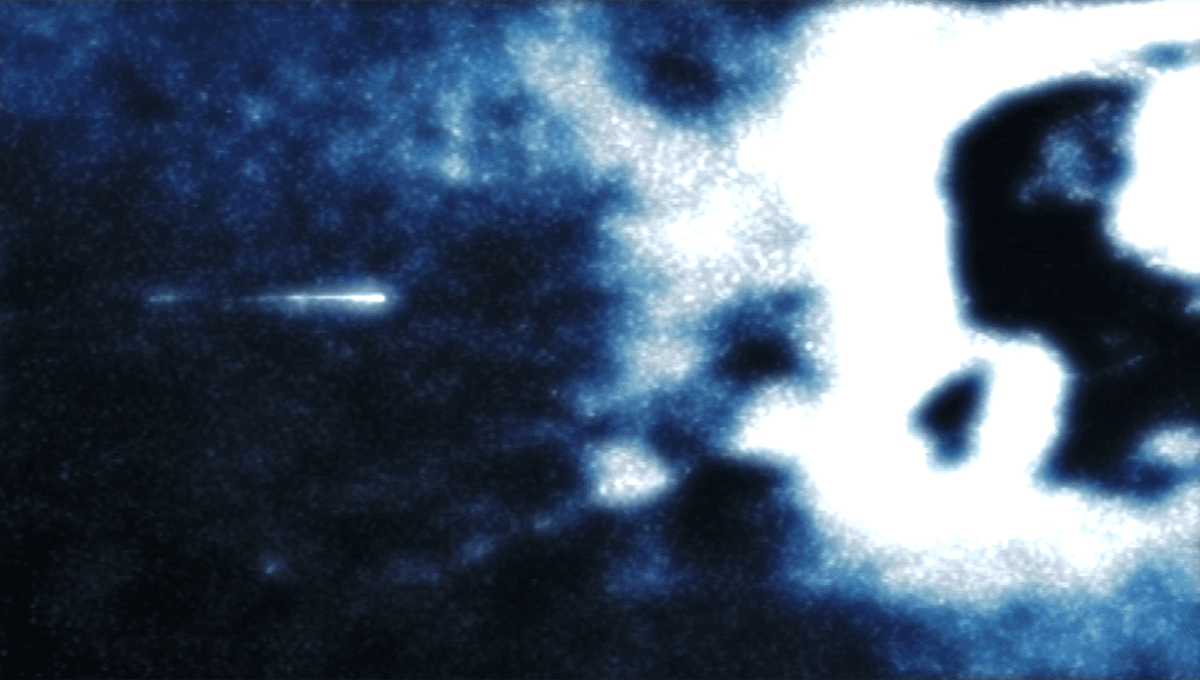
Every year, around Halloween, fireballs fall down from the sky. Rather than a sign that God is displeased with us, or we are wearing too many dinosaur costumes, these fireballs are the result of “parent comet” 2P/Encke. Though far less settled, the comet is also proposed as the origin of the swastika symbol here on Earth.
Every year, the Earth is treated to several meteor showers as we cross into their orbit, or they cross into ours. The Taurids is the overall name given to two separate meteor showers that run from September to November, producing “fireballs” as some of the debris gets captured by Earth’s gravity and burns up in our atmosphere. Due to their proximity to Halloween, they are often referred to as the “Halloween Fireballs”.
“Fireballs are meteors that are as bright or brighter than the planet Venus,” NASA explains of the meteor shower. “They may exhibit larger explosions of light and color and can persist longer than an average meteor streak. This is due to the fact that fireballs originate from larger particles of cometary material. Oftentimes, this particular shower exhibits fireballs on or around Halloween, making them known as the Halloween Fireballs.”
“Dust isn’t all that breaks off the comet,” Mark Boslough, Research Associate Professor of Earth and Planetary Sciences, University of New Mexico, adds in a piece for The Conversation. “So do bigger chunks, the size of pebbles and stones. When they collide with the air, they create the much brighter fireballs, which sometimes explode.”
Why are we talking about the Taurid swarm? The fireball-creating swarm is believed to be broken-up remnants that once formed a much larger body with comet 2P/Encke. Encke is pretty small for a comet, at around 4.8 kilometers (2.98 miles) in diameter, or around a third of the size of the object that dinosaured the dinosaurs. It is a short-period comet (earning it the letter “P”), which orbits the Sun every 3.3 years – the shortest orbit of any known comet – in the main belt between Mars and Jupiter.
While it is small(ish) now, Encke is believed to have been far larger in the past.
“Our provisional model is that of a large comet with small perihelion distance which entered the inner solar system about 20,000 years ago, producing meteoroids over some 10,000 years which have long since dispersed into the zodiacal cloud, and of subsequent activity within the last 10,000 years giving rise to the present appearance of the showers,” one paper on the topic explains, adding that this is largely the result of tracking Encke backwards through time.
“Since the majority of the ejecta from a comet, especially the larger masses, would remain in orbits close to that of the parent(s), we find from our integrations that there are epochs of large influx to the Earth which last for several hundred years and are spaced by several thousand years. If there were several large fragments of the original giant comet which split to form secondary sources, then such periods of enhanced meteoric activity with large body (Tunguska-sized) impacts may be interwoven in time.”
While Encke and the Taurids have a common origin, there is an idea that Encke is responsible for the swastika symbol on Earth. While the symbol is now largely associated with fascism and the Nazis, it is an ancient symbol dating back around 15,000 years. According to the hypothesis, the symbol appeared around the world at roughly the same time, and resembles what ancient humans would have seen as a comet with its four curved tails made a close approach with Earth.
While an interesting idea, the symbol could be transferred culturally, and more evidence would be needed to support it.
We have had one particularly cool look at Encke on April 20, 2007, when NASA’s STEREO A spacecraft saw Comet Encke collide with a coronal mass ejection.
“Comet Encke is a short-period comet that circles the Sun every 3.3 years. As the icy rock hurtles through the inner solar system, it produces two tails: one made of dust and another made of gases. The gas tail, known as an ion tail, points directly away from the Sun, aligning along magnetic field lines within the solar wind,” NASA explains of the collision, the only one we have observed.
“But these field lines can be put into complete disarray by a coronal mass ejection (CME), powerful eruptions of plasma and magnetism from the sun. When a CME blew past comet Encke, the wave of solar material disturbed the magnetic field surrounding the comet and snapped its tail off. The effect, however, was only temporary – within minutes a new tail formed.”
The Taurids will soon be visible in the sky, with the Northern Taurids peaking on November 11-12.
Source Link: How Comet 2P/Encke Caused "Halloween Fireballs" To Rain Down On The Earth